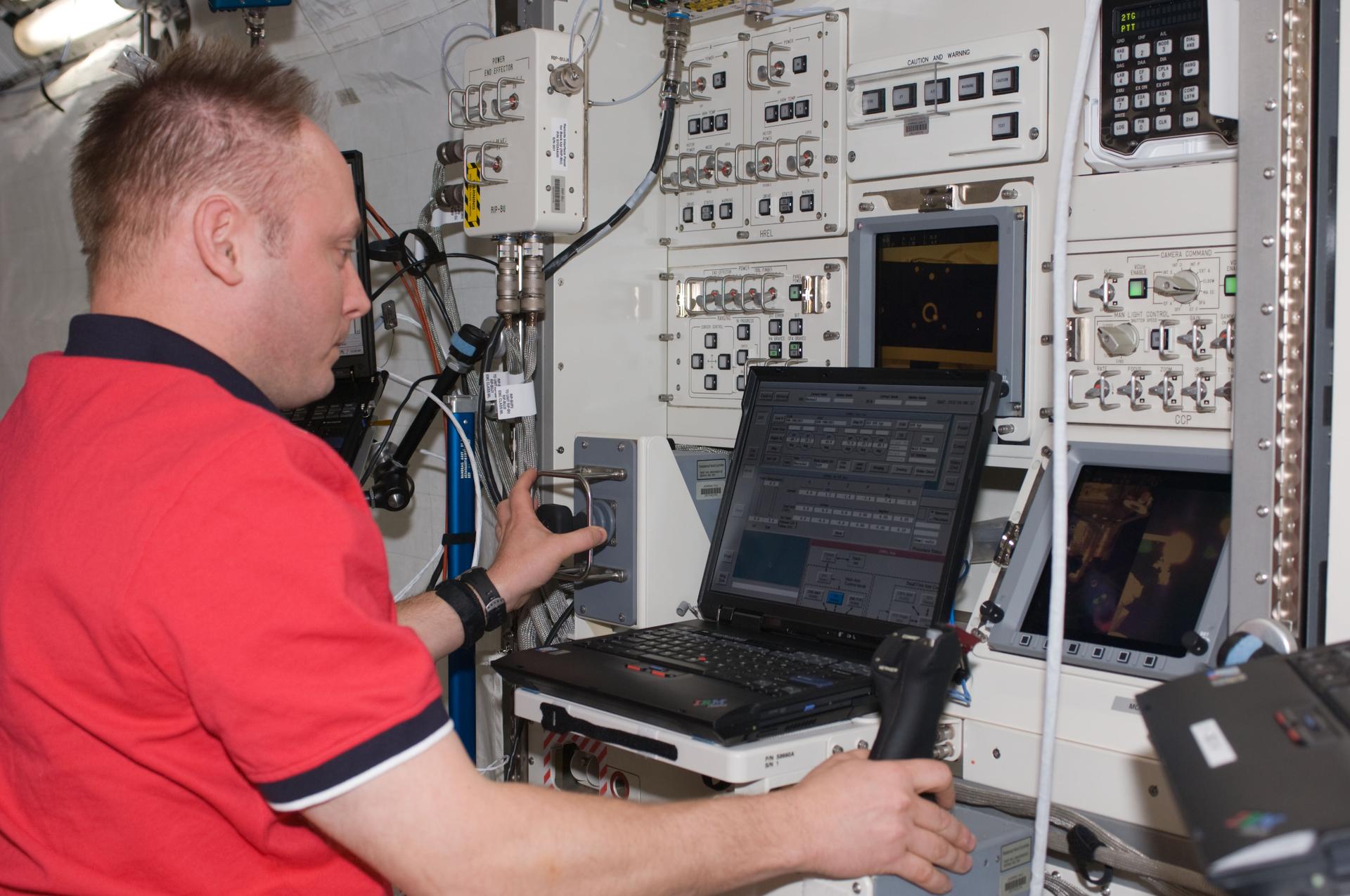
Audience
Educators
Grade Levels
Grades K-4, Grades 5-8
Subject
Computer Science, Mathematics
Type
Lesson Plans / Activities
NASA uses quantum technology to support research and technology development across the agency. Test out your binary coding skills and help NASA crack the hidden code!
Everything physical around us is made of matter, from the air we breathe to the water we drink—even our own bodies are made of matter. Atoms are an example of matter, and the basic building blocks of our world. Atoms are made of even smaller units (or particles) of matter, called electrons, protons, and neutrons – and protons and neutrons are made of even smaller units of matter, called quarks!
Quantum physics is the study of things that are very, very small, like the size of an atom and even smaller (an atom is much smaller than the period at the end of this sentence). It is a branch of science that investigates the nature of energy and matter, like the activities happening inside of atoms, in order to make sense of the smallest things in nature. In quantum physics, predictions are given in terms of probability, which allows us to find answers that traditional computers cannot provide.
When it comes to sending important data, a message is usually encrypted, or turned into a secret code, and then sent to a receiver with decoding ‘keys’ so they can reveal the original message. This is done to stop eavesdroppers from “listening in” and stealing special information. It is important to keep these decoding keys safe from eavesdroppers so that our messages stay hidden. Quantum communications researchers at NASA have been using the laws of quantum physics to send these keys safely using a technique called superposition. When you are using the internet, the data you send online is represented by groups of the numbers “0” and “1”. We call these groups of numbers bits. An example of a bit could look like the following: 000101100101. However, when using quantum communications, superposition allows these bits of data to be represented as both “0s” and “1s” at the exact same time. We call these special strings of data qubits. If an eavesdropper tries to hack or read a key sent as a qubit before it makes its way to the receiver, the key will change and the sender and receiver will know that someone else tried to listen in on their communications.
Quantum Code Crunchers Activity 1
Quantum Code Crunchers Activity 1 Key


























